On January 1, 2023, the Washington Clean Fuel Standard (CFS) was implemented, and registration opened for the new Clean Fuels Standard. The goal of the initiative is to reduce the amount of carbon , greenhouses gas emissions and air pollutants within the state of Washington. The state is currently heavily dependent on petroleum-based fuels. The long-term goal of the program is to increase the use of renewable fuel sources, which will help reduce the carbon emissions and improve air quality, through the Climate Commitment Act. The CFS is designed to reduce carbon emissions of transportation fuels by 20%, by year 2034.
The Washington CFP is modeled after the California LCFS and Oregon CFP programs. Washington’s program began accepting registrations January 1, 2023. Unique to Washington’s Clean Fuel Standard is a program participation fee. This covers the implementation of the program as well as the budget. The fee is distributed between credit generators, paying 5%, and deficit generators paying 95% of the program costs. The estimated budget is $1,865,999. Initial calculations indicate that each deficit generator will be responsible for $77,074 and each credit generator will be responsible for $2,276 for the 2023 annual fee. There is a public comment period currently open until March 15, 2023 regarding the annual fee amounts. The form for public comments can be found here.
A few notes about the program:
- 2023 is a credit generating year, NOT just a reporting year. The first compliance period will be 2023-2024, and will continue annually going forward.
- Any fuel producer and/or fuel importer in the state of Washington, as well as credit generators and transferors will be required to register under the CFS program.
- Similar to the California LCFS program, out of state producers that are not the importer into Washington, are not required to participate in the credit generation under the CFS, however they must still apply for a CI pathway score. Out of state producers may opt-in as the first fuel supplier for specific volumes of their imported fuel which would allow them to retain the ability to generate credits.
- The CFS program has developed simplified calculators that function similar to California LCFS and Oregon CFP calculators. Washington’s models do have different emission factors creating CI values that will be slightly different than California or Oregon.
- Entities that currently hold an active California LCFS or Oregon CFP pathway can obtain approval for a Washington pathway CI score by providing a Washington GREET calculator along with approvals from one of the other listed jurisdictions. No validation is required when transferring scores from California or Oregon programs.
- Washington will not begin accepting Tier II pathways until next year. Under Washington’s models, a corn fiber pathway is considered Tier II. If you have a cellulosic pathway through California or Oregon, it will be accepted, but Washington only pathways for corn fiber may not apply until 2024.
- All regulated entities with low CI pathway scores, will be required to use a temporary CI score during start-up and establishment of the program and related CI Scores. Regulated parties will need to apply to Washington for a temporary pathway with the initial approval effective for 2 quarters. After two quarters of utilizing a temporary pathway, the regulated entity must reapply to continue using the temporary scores.
- All participants will need to register for the program by creating a Secure Access Washington (SAW) account here.
- An annual fuel pathway report is due from each pathway holder by March 31st following the compliance year, and must be submitted to AFP.
Important Dates for 2023:
- January 1, 2023 program implemented and registration began
- January 1, 2023- March 31, 2023 Program Registration
- June 30 Quarter 1 reports are due
- September 30 Quarter 2 reports are due
- December 31 Quarter 3 reports are due
- Tier II fuel pathways will begin accepting applications October 1,2024 (Cellulosic ethanol is considered a Tier II application under the CFS)
If you are a registered party, and are still establishing your individual CI score, you must submit a request for a temporary fuel pathway code. The pathway code must either already exist or be approved and posted. These requests must be made within 45 days after the end of the of the calendar quarter in which the temporary pathway code is wanting to be used. The temporary fuel pathway codes can be used for up to 2 calendar quarters. Any additional extensions require additional requests.
Registration for the Alternative Fuel Pathway
The Alternative Fuel Portal was activated to begin accepting pathway applications on February 9, 2023. You must register for an account in WFRS-CBTS (see up above for details) Once your account registration is approved, you can go in and add fuel production facilities and submit fuel pathway applications. If any fuel pathway codes were previously submitted via email, they must be re-registered within AFP. There will be a training held on Friday February 24, 2023, from 9-11am PST, covering how to register an account, add a facility and submit pathways within AFP. Registration for this training can be done here.
Step by step instructions for the registration process can be found here.




